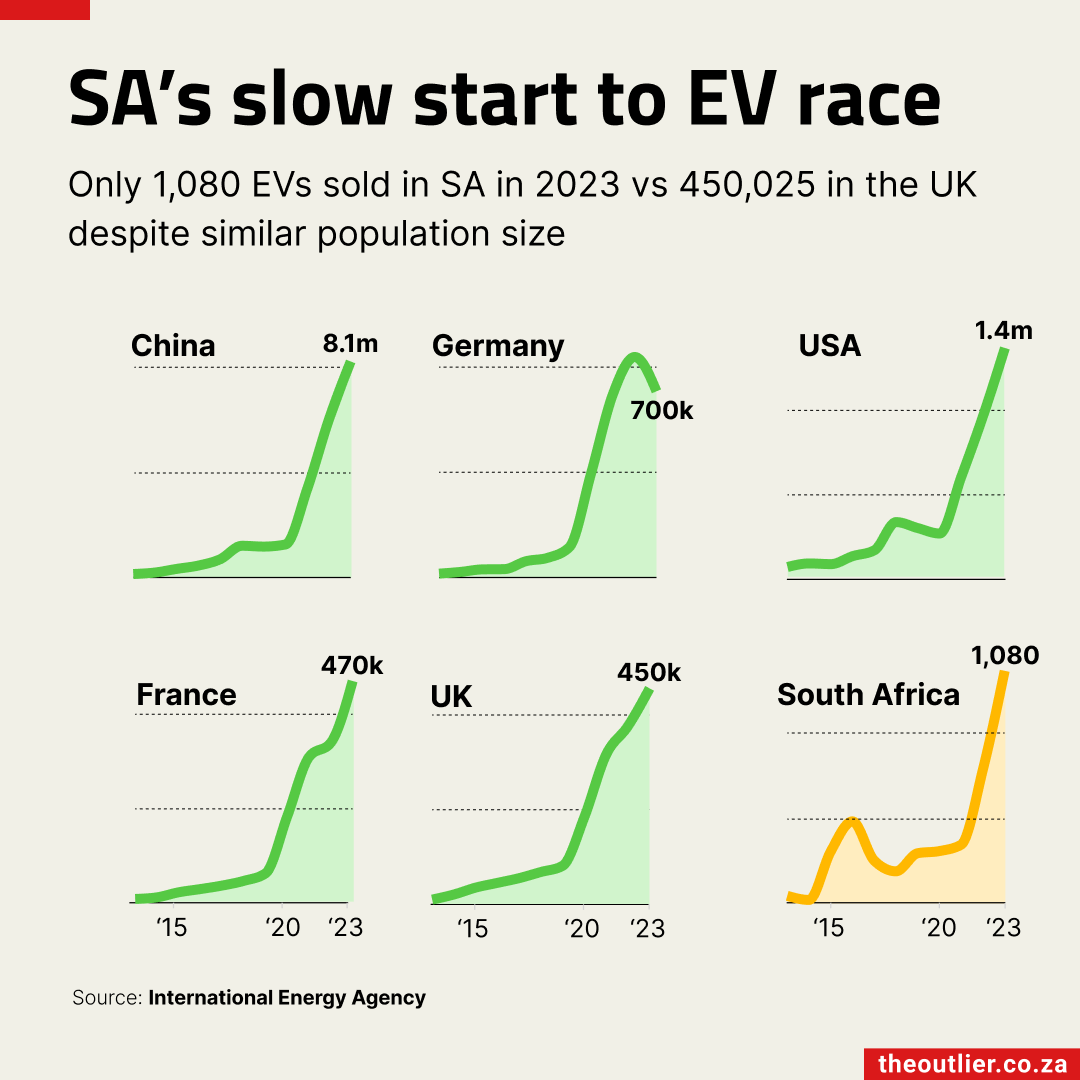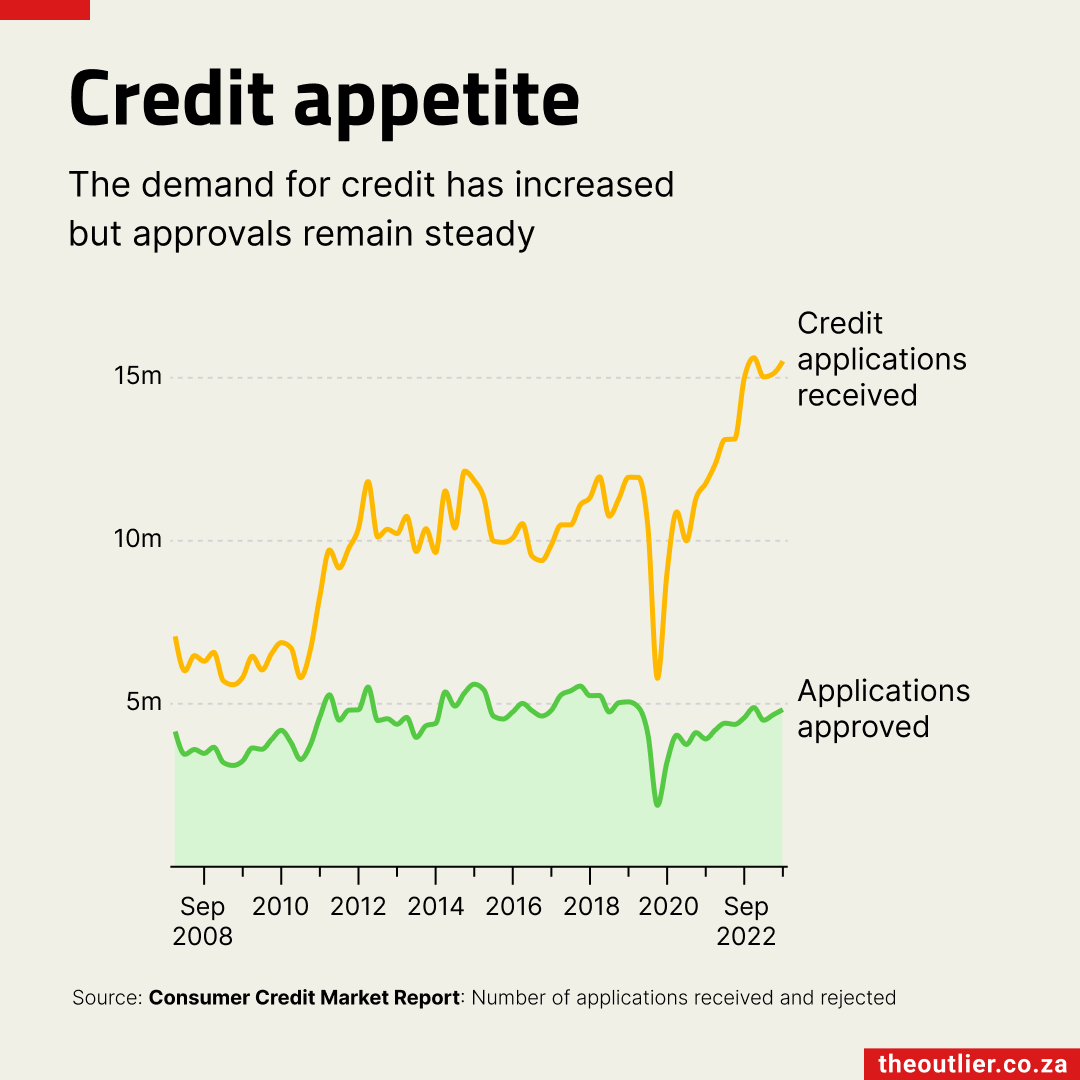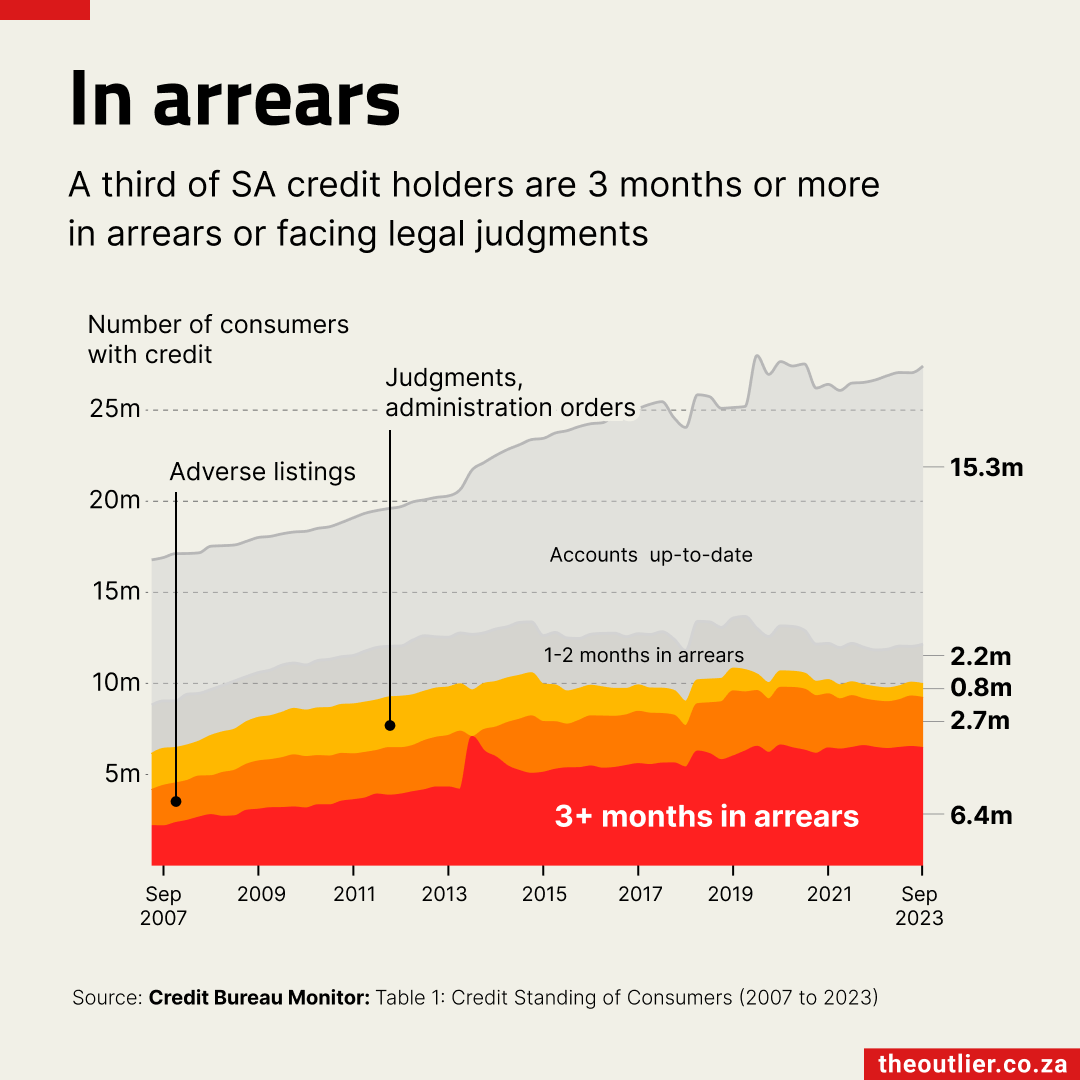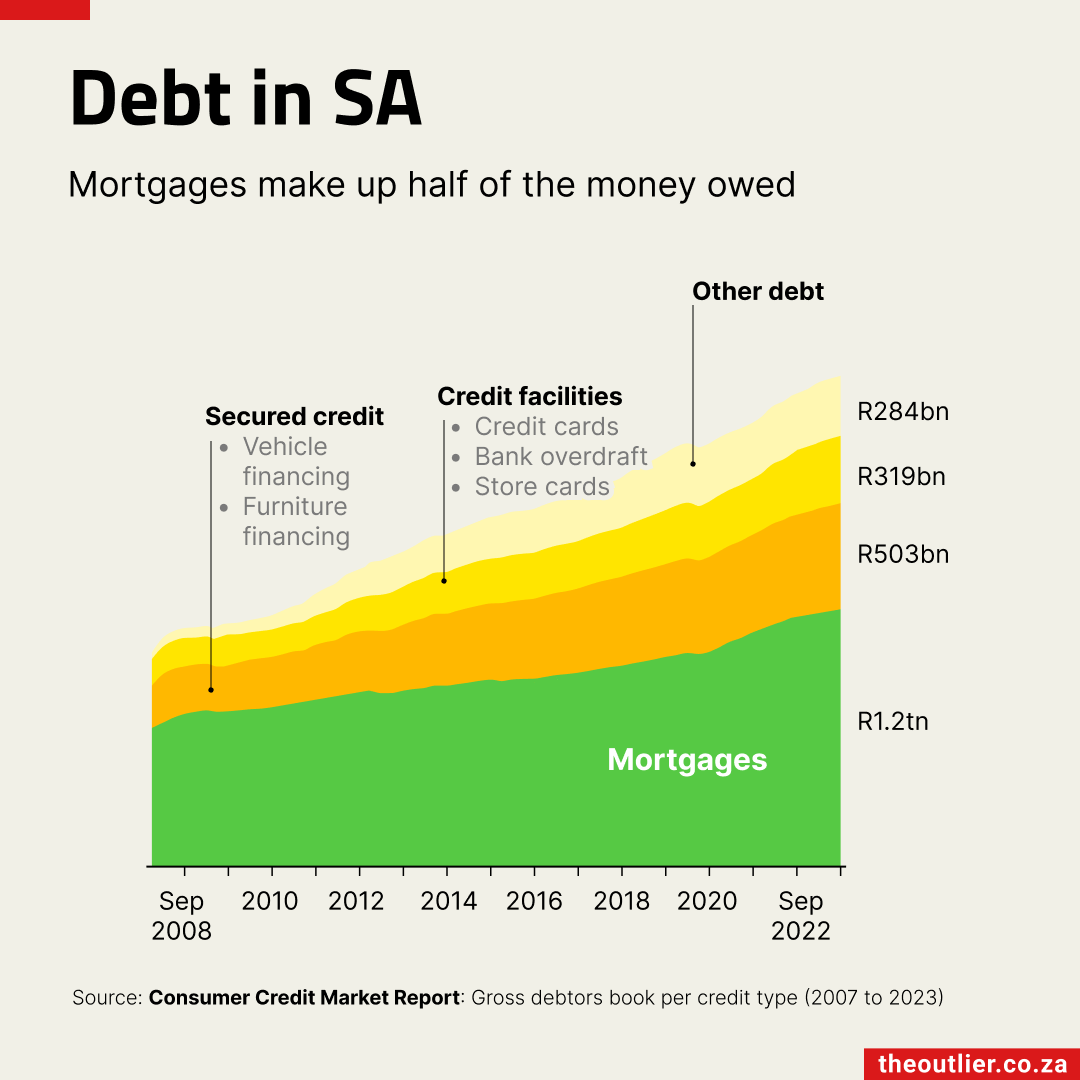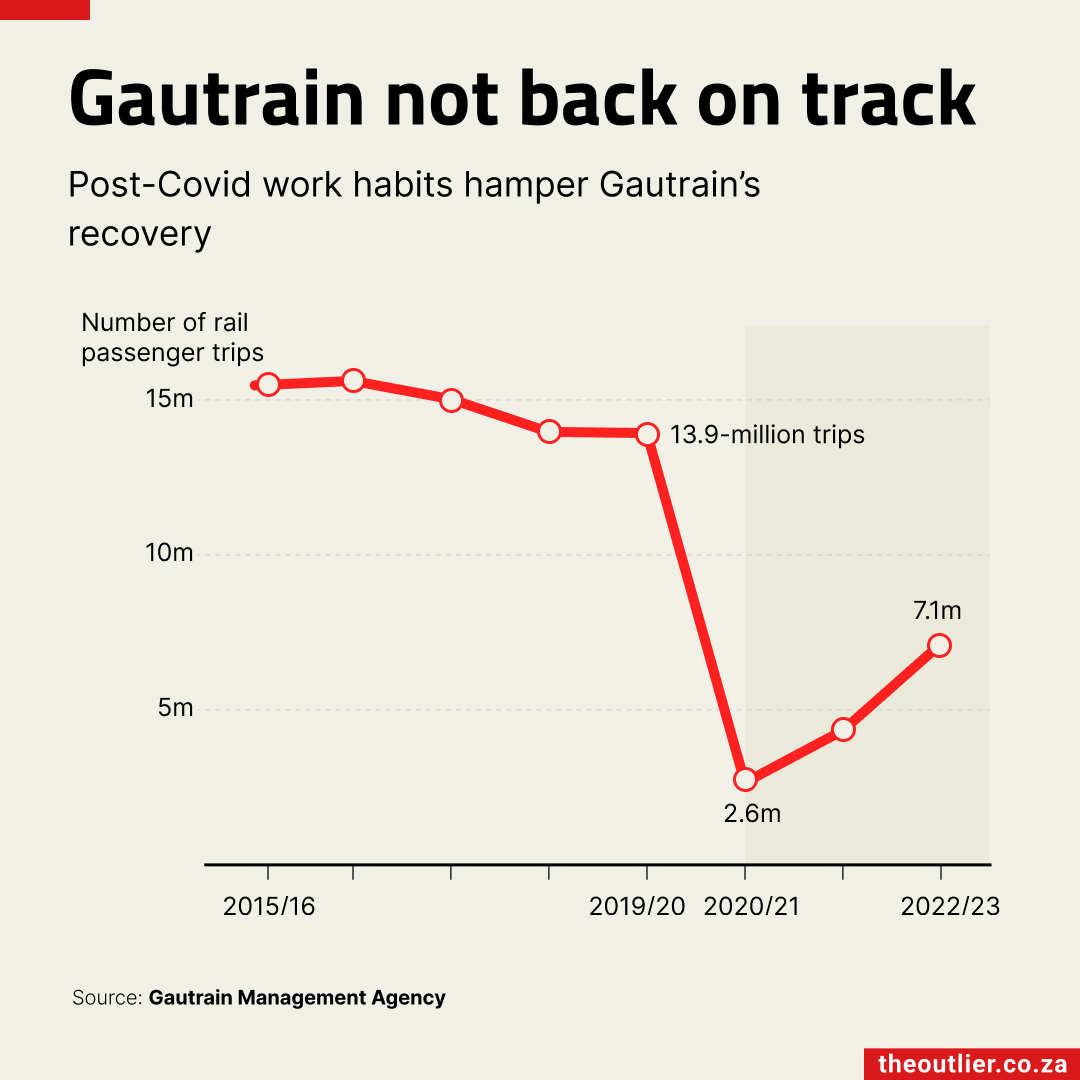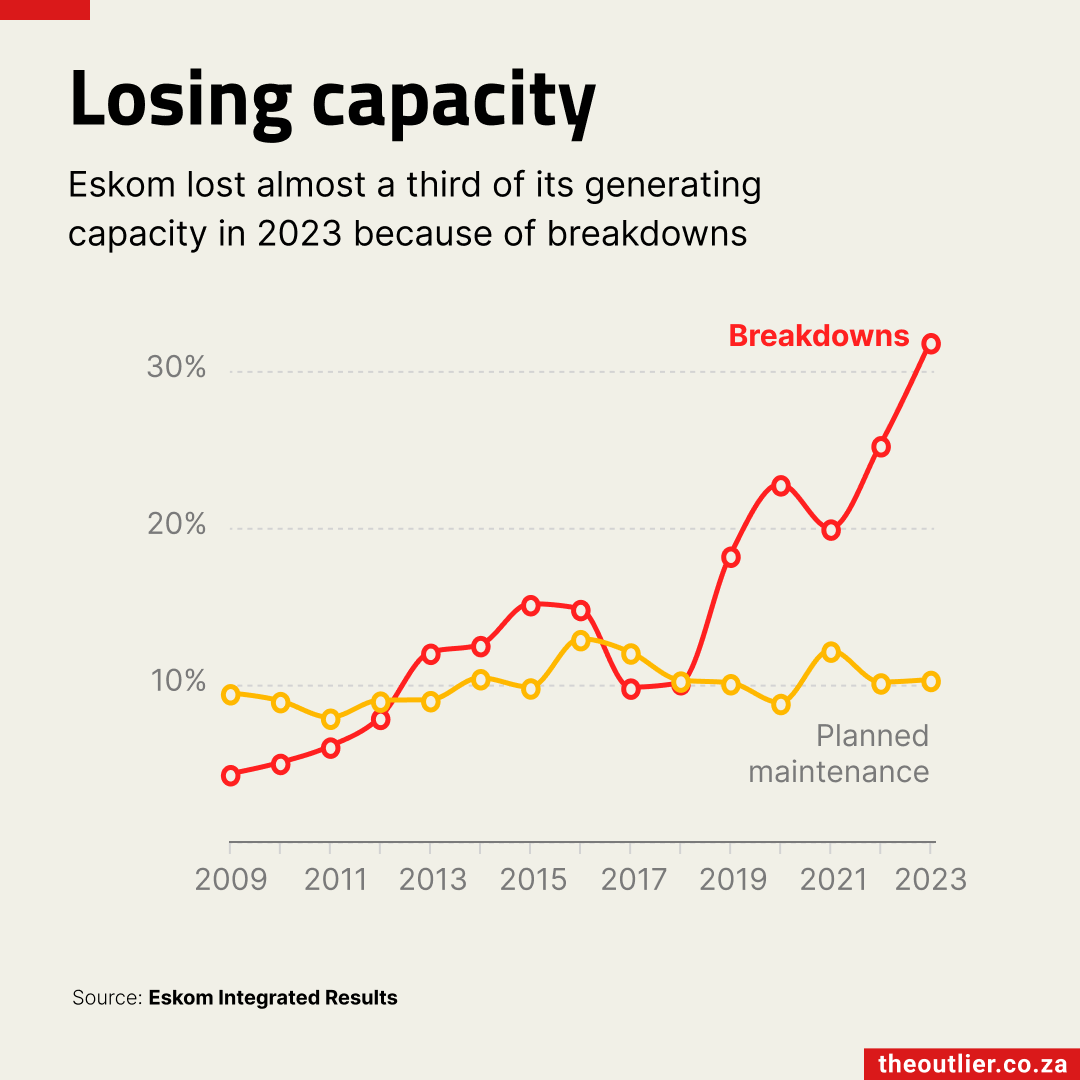Loadshedding in the time of Coronavirus
South Africa is plagued by blackouts, commonly known as ‘loadshedding’. Using data provided by EskomSePush we tracked these blackouts between 2015 and 2020 to see which stage was most commonly implemented and how many total days of loadshedding were experienced per year.
South Africa is plagued by blackouts, commonly known as ‘loadshedding’. Using data provided by EskomSePush we tracked these blackouts between 2015 and 2020 to see which stage was most commonly implemented and how many total days of loadshedding were experienced per year.
South Africa was on track for a record year of loadshedding in mid-March but the Coronavirus and subsequent lockdown has seemingly put an end to that. We look at the loadshedding data from January 2015 to March 2020.
With South Africa in lockdown in a bid to curb the spread of the Covid-19 virus, the one thing we can be thankful for is that we aren’t stuck at home without electricity. The loadshedding (rolling blackouts for those not familiar with the term) that characterised the first few months of 2020 have thankfully come to and end for the moment, although less than a month ago, on March 15, the country had already seen almost 24 days’ worth of powercuts, the second highest annual total for the past 6 years. And that after only two-and-a-half months of the year.
The charts below are based on data collected by the EskomSePush (ESP) team since January 2015. The ESP team kindly shared a spreadsheet which tracks the date and time of each loadshedding stage change, up until March 15, 2020. The first chart below maps those loadshedding periods to a timeline for each year.
2016 and 2017 had no loadshedding so they have been excluded from the charts. 2015 is the standout year with 2,003, or almost 84 days’ worth of loadshedding.
Hours/days of loadshedding per year
The chart above represents the number of hours of loadshedding implemented by Eskom over the different years and the various stages of each period (see notes for details). The “hours” above were calculated by adding up all the hours of each loadshedding stage during the year. We then divided that by 24 to get an approximation of the “days”. So 83 days in 2015 does not mean there were 83 days with some form of loadshedding but that loadshedding was equivalent to 83 days if run back-to-back.
It’s also important to understand that this doesn’t mean that the entire country was equally affected. Some areas were more heavily affected than others. And not all areas in the country were without power for each of these durations equally. But that there was some form of loadshedding during these times.
Notes
For those unfamiliar with the idea of loadshedding it is a system of rolling blackouts created by Eskom, the state power supplier in South Africa. Loadshedding is implemented in stages usually running from stage 1 to stage 4, though in late 2019 stagees 5 and 6 were brought into play. Each of these stages indicates a level of severity and typically the higher a stage number the more frequently areas of the country will have their power cut off. Power cuts are typically 4 – 4.5 hours long and in the higher stages cuts may be implemented more than once a day.
These charts were produced using data provided by the EskomSePush team. The calculations of hours/days etc are ours and so any errors are also ours.
Main photo: Paul Keller, Creative Commons Attribution 2.0 Generic License.

